

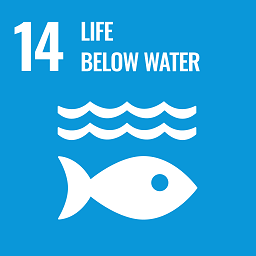
Successful extraction of 8-HEPE from North Pacific krill
The waters off the Sanriku coast in Tohoku are rich in isada (North Pacific krill), a type of krill. It is similar in shape to a small shrimp and is also edible (Fig.1). The Iwate Biotechnology Research Center (Kitakami City, Iwate Prefecture) was successful in extracting 8-hydroxyeicosapentaenoic acid (8-HEPE), which is expected to be a healthy oil that can prevent lifestyle-related diseases such as arteriosclerosis and obesity, from the North Pacific krill. Expansion of the use of high-value-added materials obtained from North Pacific krill can be expected to stabilize the market price of North Pacific krill and revitalize the fisheries industry in the Sanriku region.
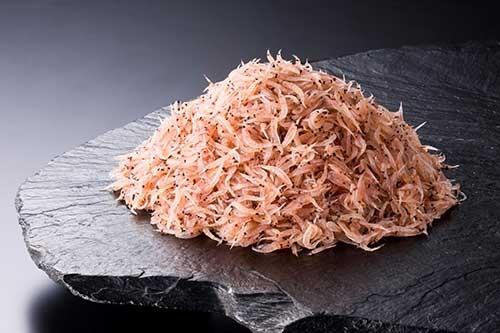
Fig.1 : Edible North Pacific krill (Provided by the Iwate Biotechnology Research Center)
Powder will be sold online soon
"Sakura Koami Powder" (Fig.2), which is made by turning North Pacific krill oil into a powder, is attracting the most attention as a high-value-added ingredient extracted from North Pacific krill. Its characteristic is that it contains a large quantity of 8-HEPE, a new functional ingredient unique to North Pacific krill. Kokuyo Co., Ltd. in Ofunato City, Iwate Prefecture, constructed a factory in 2020 (Fig.3) and has started producing North Pacific krill-related powder products. In FY 2021, it is planned to produce 100 tons of raw materials, and there are preparations to sell them to consumers through online shopping and television shopping in the near future.
Krill is naturally rich in omega-3 fatty acids such as eicosapentaenoic acid (EPA) and docosahexaenoic acid (DHA), which are known for their health benefits. The Iwate Biotechnology Research Center and Kokuyo Co., Ltd. succeeded in extracting 8-HEPE, which is unique to North Pacific krill, but is in the same omega-3 system.
Based on previous research reports published mainly by Iwate Medical University, 8-HEPE was found to inhibit arteriosclerosis, inhibit bad cholesterol (LDL), increase good cholesterol (HDL), and inhibit liver fat in animal experiments; it has also been reported that its fat burning promoting effects and HDL increasing effects are higher than those of EPA. If the same effect is observed in humans, a large market potential can be expected. In Western countries, omega-3 fatty acid oils are popular supplements, and the market is worth tens of billions of yen.
 |
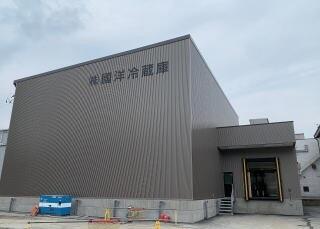 |
| Fig.2 "Sakura Koami Powder" supplement (provided by Kokuyo Co., Ltd.) | Fig.3 New factory built in Ofunato City (Provided by Kokuyo Co., Ltd.) |
Long-term frozen storage of the powder is possible
There are many technological innovations behind the birth of powdered powder. In order to popularize 8-HEPE etc. as supplements and as raw materials, it is necessary to preserve caught North Pacific krill for a long period of time. The Iwate Industrial Research Institute, a local incorporated administrative agency, has found that frozen storage at -40 degrees Celsius or less inhibits the decomposition of functional ingredients to 20% or less, and allows frozen storage for a period of one year.
In addition, the Iwate Industrial Research Institute, Kagawa University, and Kyoto University of Advanced Science succeeded in converting North Pacific krill oil separated from frozen North Pacific krill and 8-HEPE into an easy-to-use powder (Fig.4). By making it into a powder, the oxidation of the oil is inhibited, making storage in a refrigerator possible.
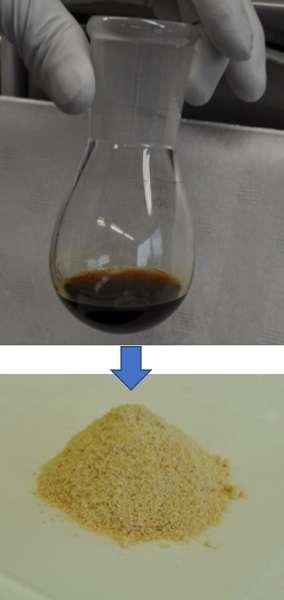
Fig.4 Powdered North Pacific krill oil
(Provided by the Iwate Biotechnology Research Center)
Development of new sales channels due to sluggish fish prices
Every year from March to April off the coast of Iwate, Miyagi, Fukushima, etc., "North Pacific krill fishing" (Fig.5) heralds the arrival of spring. In the 1970s, it was used as bait for farmed fish and recreational fishing, but demand has decreased year by year due to changes in the aquaculture industry and leisure activities; the price used to be around 100 yen per kilogram, but recently slumped to the 50 yen level, and the number of North Pacific krill fishing vessels has been halved to about 50 over the past 10 years. North Pacific krill-related products, including Sakura Koami Powder, are expected to be a solution to this critical situation. It is possible to extract animal proteins that can be used as feed and crustacean extracts containing umami and aroma components, which can be effectively utilized without waste, from North Pacific krill.
If the use of high-value-added materials using North Pacific krill spreads nationwide, it will lead to the revitalization of not only fisheries but also the seafood processing industry in Sanriku. Hidetoshi Yamada, a lecturer at the Faculty of Life and Environmental Sciences at Teikyo University of Science (former chief researcher at the Iwate Biotechnology Research Center), who led the series of research and development, noted that "the effective use of the unique North Pacific krill of Sanriku will promote the fisheries industry in Sanriku and can contribute to the realization of a society of healthy and long-living persons". Thus, there are great expectations for the expansion of demand for North Pacific krill-related products.
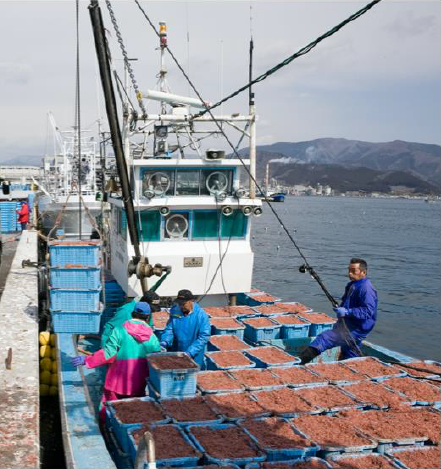
Fig.5 A fishing boat returning to port after catching North Pacific krill
(Provided by the Iwate Biotechnology Research Center)
Project name
The special scheme project on vitalizing management entities of agriculture,forestry and fisheries
Project period
FY 2017 to 2019
Title
Building an efficient production system for high value-added materials using all of Sanriku North Pacific krill will lead to the revitalization of not only fisheries but also the seafood processing industry in Sanriku.
Leading research institutes
Iwate Biotechnology Research Center, Iwate Industrial Research Institute, Kokuyo Co., Ltd., Kagawa University, Kyoto University of Advanced Science, etc.
